Introduction
The Tokina AT-X 90mm 1:2.5 Macro is a manual focus lens, with a maximal magnification of 1:2. It is well know for it’s supposedly great bokeh, it was even nicknamed Bokina because of this.
It was produced in any major mount like Canon FD, Nikon F etc., my copy has a Minolta SR mount.
Their wide range of applications make macro lenses in the 100mm range quite popular, so I will show you in this review if the Tokina AT-X Macro 90 mm 1:2.5 could be a good option for you.
Specifications
Size: (diameter x length):
Filter Thread: 55mm
Weight: 530g
Max. Magnification : 1:2
Close Focusing Distance (from the sensor/from the front of the lens): 38cm /22cm
Number of aperture blades: 8
Elements/ Groups: 8/7
Price: (Germany August 2014): 150-250€ in Canon FD or Minolta SR mount, up to 400€ in other mounts
Image Samples in low resolution
You can find many more samples in this flickr set.
Versions
I only know of one version, but the Vivitar 2.5/90 which is older shares the same optical formula but it is a bit bigger and heavier and it has less effective coatings which make it more prone to flares.
Build quality and handling
The housing is completely made of high quality metals with a rubberized focus ring.
The focus ring turns nice an smoothly, I find it easy to focus at all distances (unlike for example the Minolta MD 4/100). It turns in the wrong eh … I mean the Nikon way.
From 39cm to 1m the focusing ring travels about 260 degrees and it takes a further 60 degrees to reach infinity which is good enough for portraits but dedicated portrait lenses have a longer focus throw making it a bit easier to take portraits with them.
The lens is pretty heavy for it’s size and I prefer to use it on my a7 with a L-bracket attached.
The aperture ring which is made of metal can be adjusted in half-stops from f/4 to f/32, there is no stop between f/2.5 and f/4.
Macro Extender
There is a dedicated 1:1 Macro Adapter for this lens which is not simply a spacer but it contains several glass elements for better correction.
Since I don’t own one I can’t tell you anything about it, it would be interesting to see weather it gives a noticeably better performance than a cheap 45mm spacer.
Optical performance
These results are based on the use with a Sony Alpha 7.
Vignetting
Vignetting at f/2.5 can be visible under critical circumstances and it is basically gone from f/4.
Distortion
As with almost any macro lens this one is very well corrected for distortion.
Flare Resistance
Strong light sources will especially at the corners of the frame will reduce the contrast noticeably but there won’t be any flares.
Bokeh
So far I haven’t seen anything but great bokeh from this, see all those examples.
Here is a test image showing great fore- and background performance at f/2.5
There is one issue though and that is a saw-tooth shaped aperture at f/4.
Chromatic Aberrations
The lens can, under certain circumstances, produce significant amounts of purple fringing at f/2.5, stopping down to f/4 reduces it to barely noticeable levels and from f/5.6 onward it is gone.
Sharpness
In short: The lens performs great at any distance
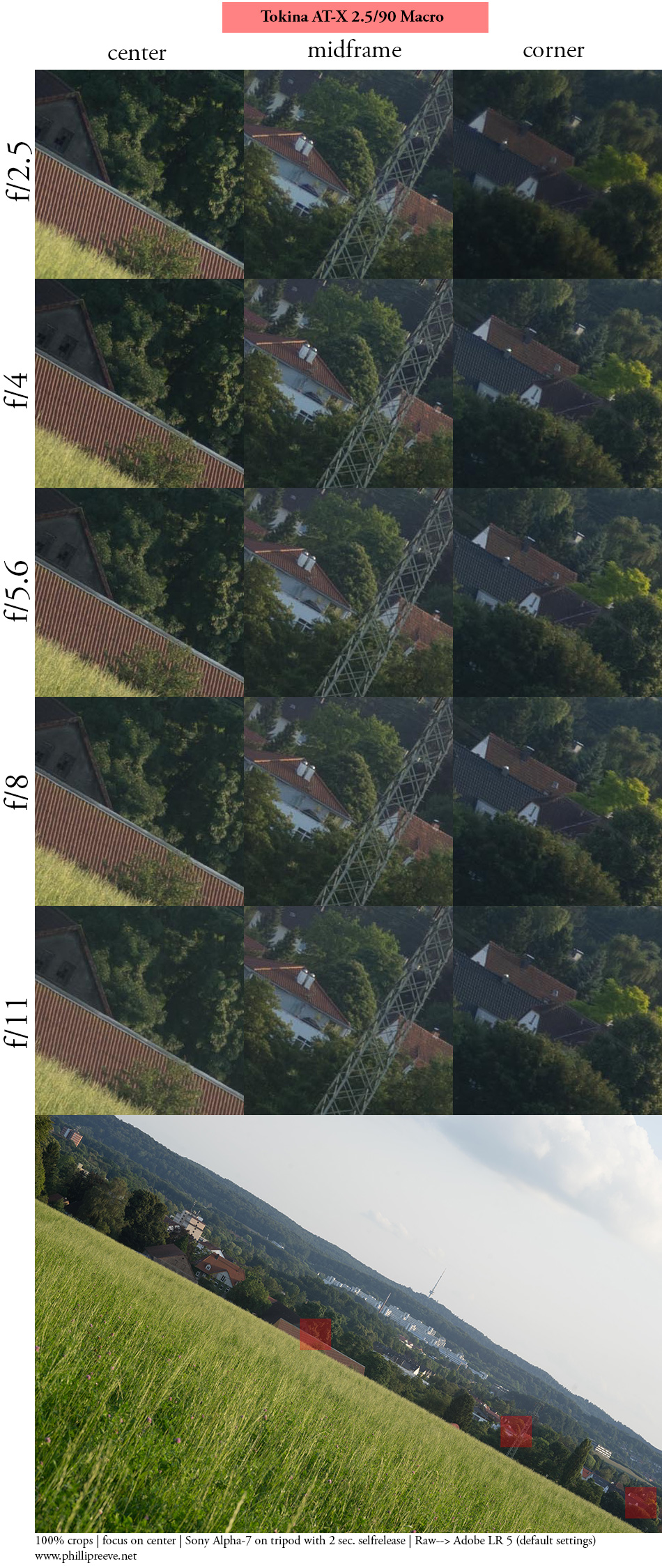

f/2.5
The center is already excellent wide open.
Midframe sharpness is good to very good.
The corners are a little soft
f/4 – f/8
Lens shows excellent sharpness from corner to corner, there is a teeny tiny improvement in the corners when you stop down from f/4 to f/5.6
If you use the lens at it’s close focusing distance you will notice a drop in sharpness at f/8 because the effective aperture at this distance is closer to f/11 and diffraction kicks in.
f/11
Sharpness is reduced a little because of diffraction
Links
Compatibility
This lens comes in many different mounts and compatibility differs between mounts.
If you want to use this lens on a mirrorless camera you should choose Minolta SR or Canon FD because they are cheaper.
If you want to use it on a Canon DSLR you will have to buy a copy with Nikon’s F, Contax/Yashica or Olympus OM mount because there are adapters for these mounts which will allow you to retain infinity focus.
Alternatives
There are many Macro lenses to choose from. In the 90-105mm range their widest aperture ranges from f/2 to f/4 and
If you want a cheaper lens which does 1:1 natively you could look for a Panagor/Vivitar 2.8/90. Their performance at f/2.8 won’t be as good but tey are cheaper and stopped down the differences will be small.
If you want a faster lens your only options are the Olympus Om Zuiko 90mm f/2.0 Macro (around 700€ used) or the Zeiss Makro-Planar 2/100
(around 1000€ used, $1700 new). But are great performers but both display significant amounts of color fringing in out-of-focus areas.
Almost any major camera company had a 4/100 macro lens with a maximal reproduction ratio of 1:2. From first hand experience I know the Minolta MD 4/100 which I used before I got the Bokina. Optically it is a good and it is lighter. But the focusing ring is too stiff for my liking and the trow at non-macro distances too short.
Then there is the Leica Apo-Macro-Elmarit-R 1:2,8/100 for around 1200€ used which is better corrected for color fringing in out-of-focus areas. The same can be said about the Voigtländer APO Macro 2.5/125 which is even more expensive but it does 1:1 without a spacer. For a discussion of the last three lenses see this thread on fredmiranda.com.
Then there are many modern lenses, Canikon both have a stabilized 2.8/100 macro and as do Tamron and Sigma. The Sigma 2.8/105 OS ist the most interesting in my opinion because when paired with the Sony LA-EA4 will give you great optical performance plus AF and image stabilization.
I think the Tokina is one of the most attractive options because it offers great performance, is fully manual and fast enough to also be used as a portrait lens.
Conclusion
I think of the many lenses I own this lens has impressed me the most and it is my most used lens.
Apart from 3 minor deficits (sawtooth at f/4, purple fringing and average backlight performance) it performs excellent: It is sharp as a razor and the bokeh is excellent.
What I also like a lot is the versatility, I can use it as a macro lens, as a portrait lens and also for landscapes. So when I choose my lenses for the day I usually bring the Bokina with me.
If you are interested in the lens you can support me by using these affiliate links to see if there are any on ebay.com or ebay.de right now. It is appreciated 😉
Images Samples in high resolution
See this flickr set for a few more full resolution images.
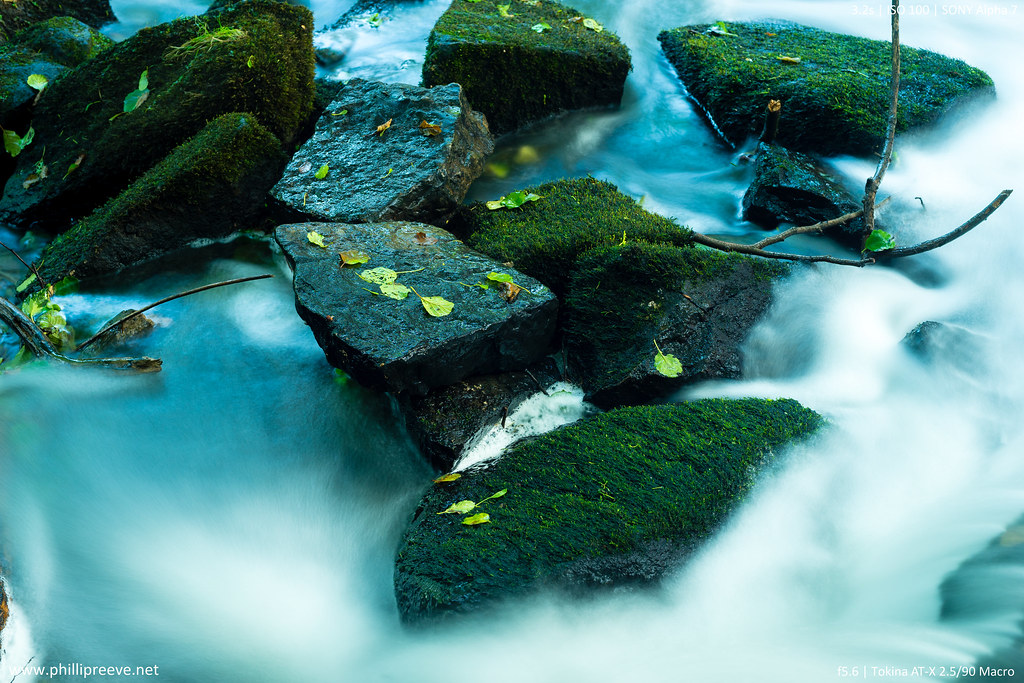
it doesn’t get any sharper than this
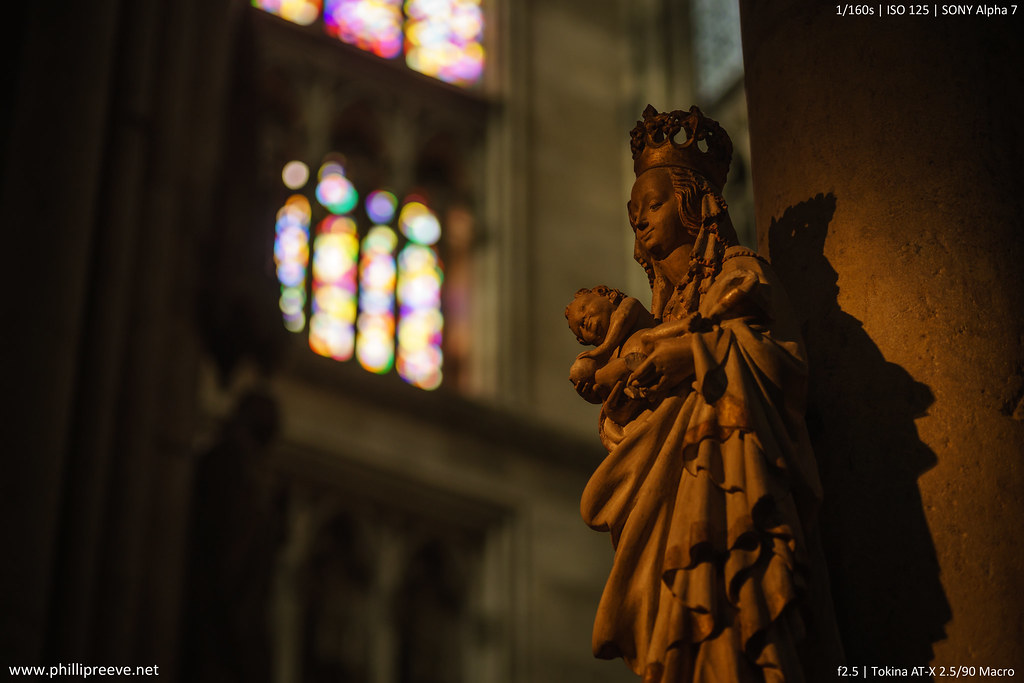 very nice bokeh at longer distances
very nice bokeh at longer distances
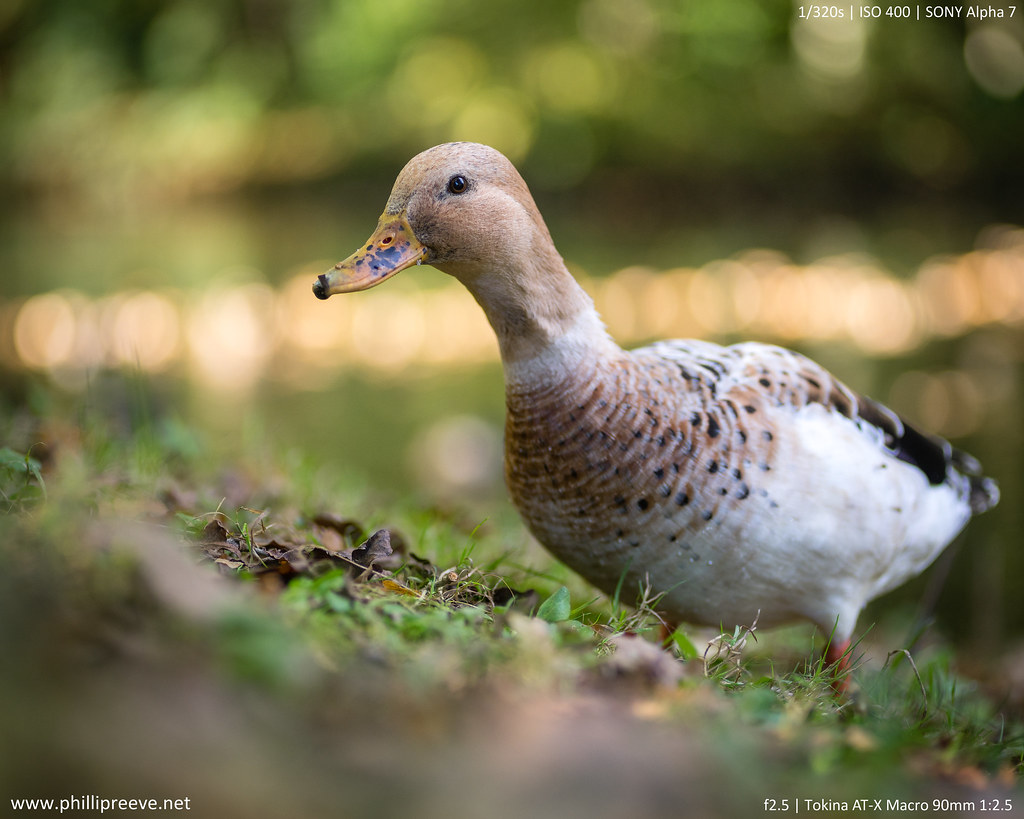 obligatory duck shot
obligatory duck shot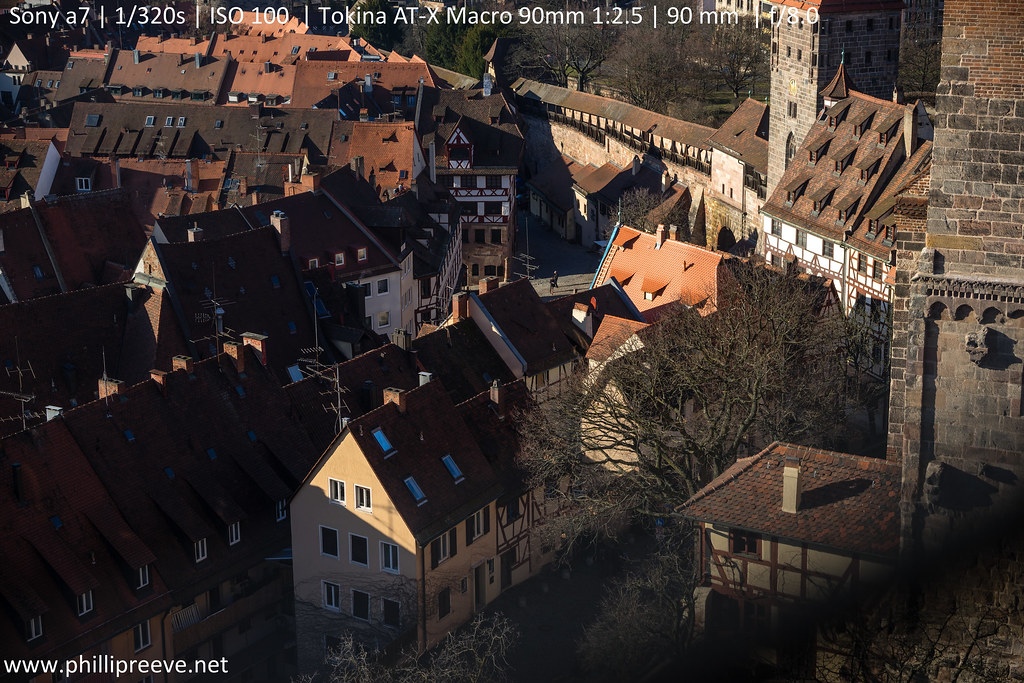 great infinity performance
great infinity performance
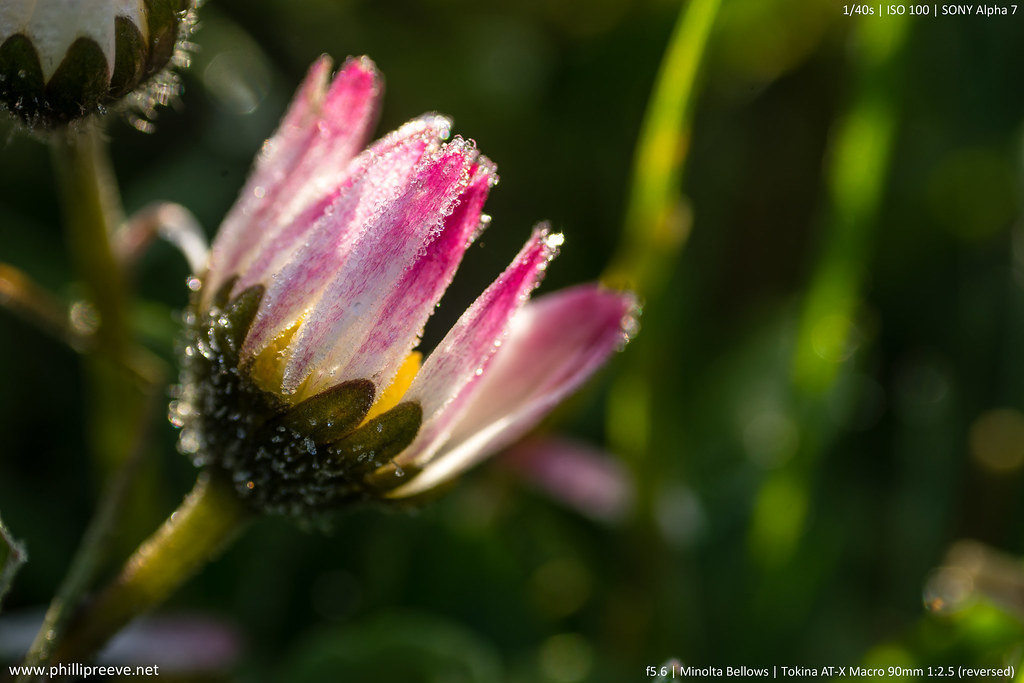
at greater reproduction ratios the performance it still very good
Further Reading
If you are interested in manual lenses you might want to check out my Minolta MC 1.2/58 or Canon FD 4/300 L review.
My Novoflex Adapter review might be interesting to you as well.
Finally the How I create Images – Part 2: Working with the Sony a7 is quite popular.
This site contains affiliate links. If you make a purchase using any of the links marked as affiliate links, I may receive a small commission at no additional cost to you. This helps support the creation of future content.
Latest posts by Phillip Reeve (see all)
- Review: Samyang AF 75/1.8 FE - April 12, 2021
- The FE-List now has 113 lenses on it - March 25, 2021
- 2020 – Year’s end review - December 28, 2020
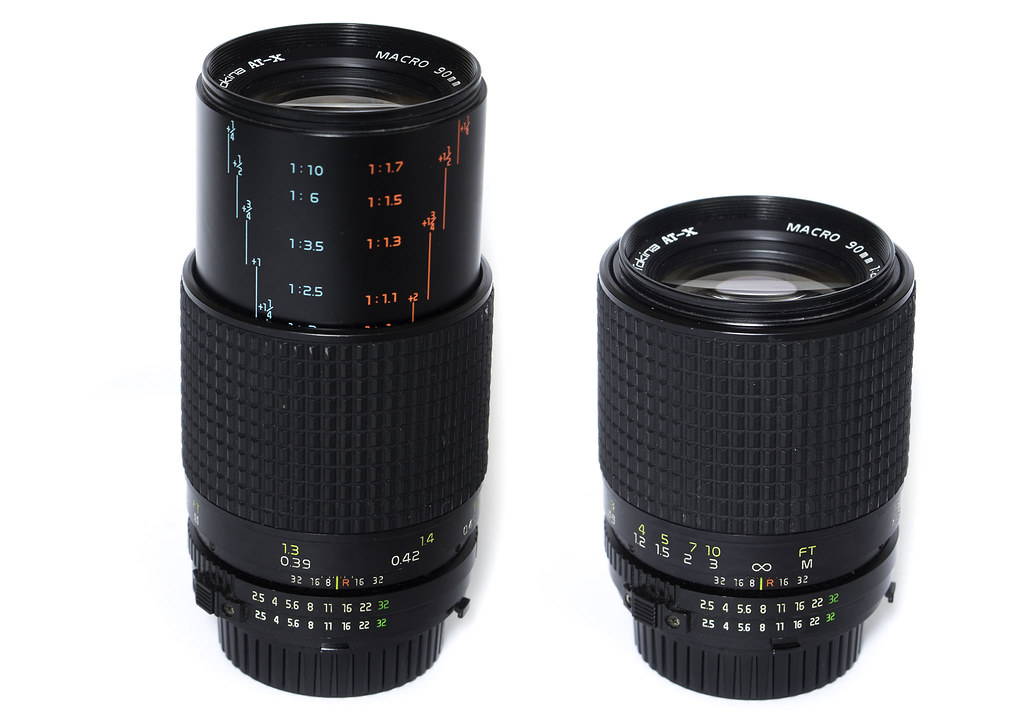
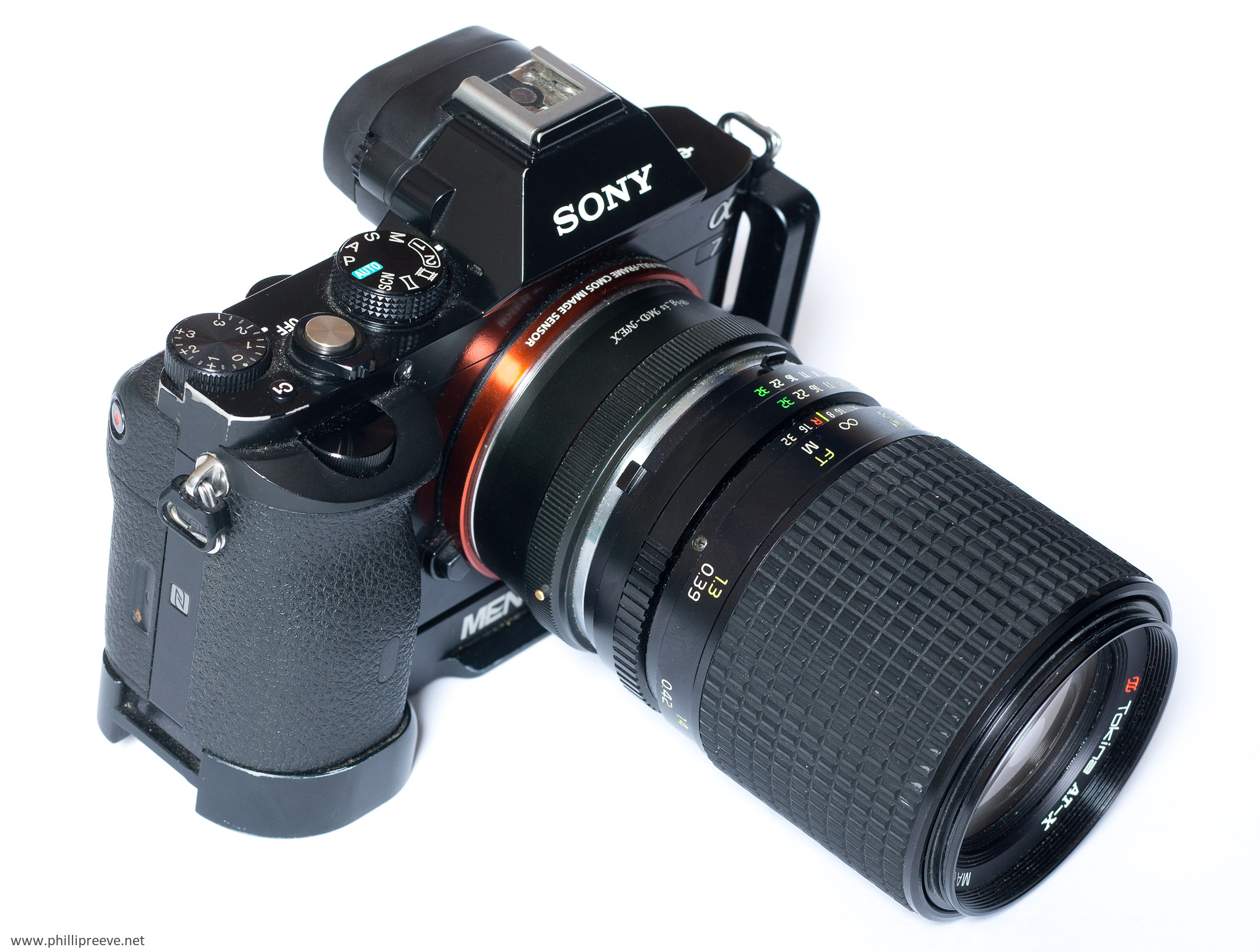
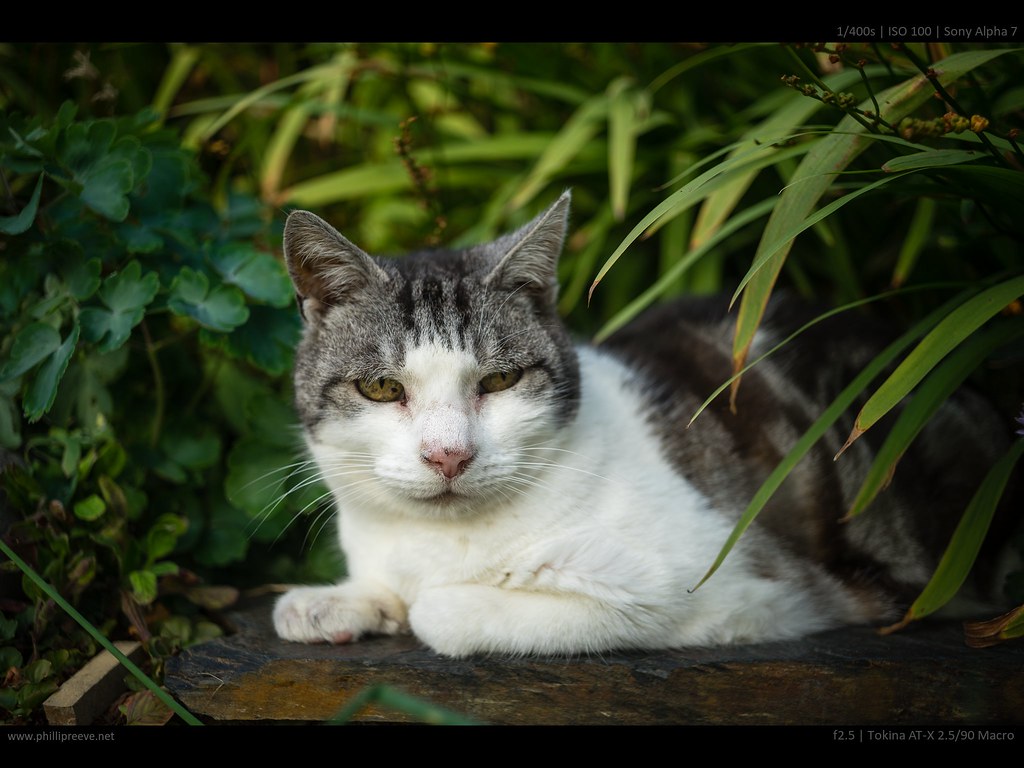
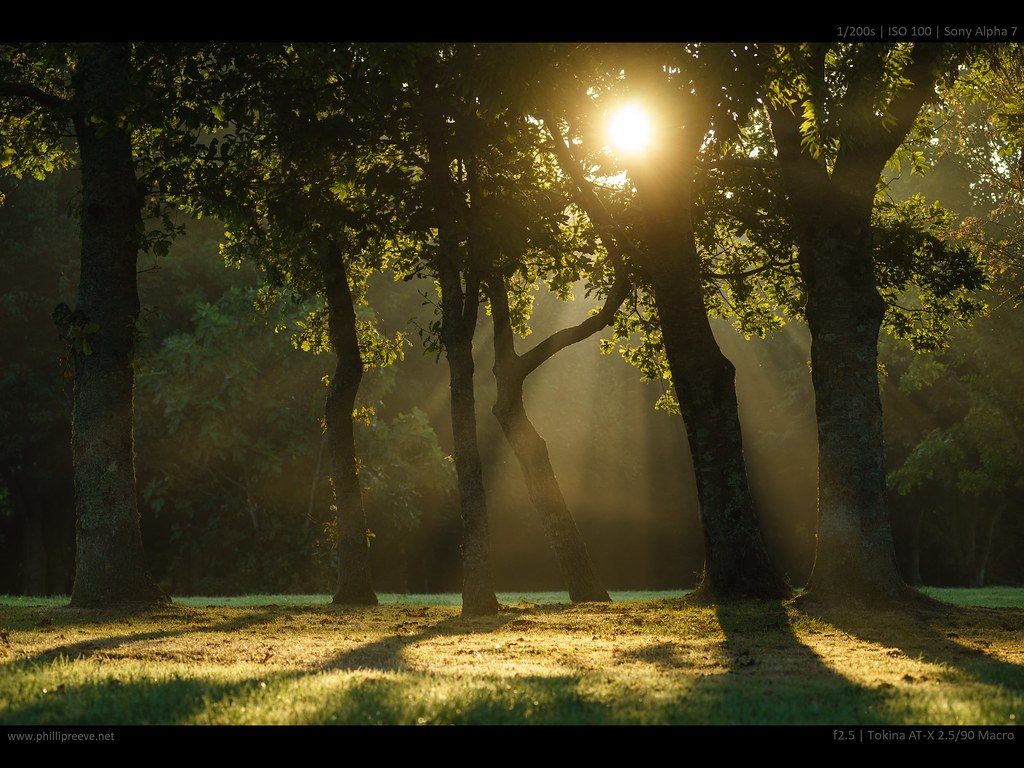
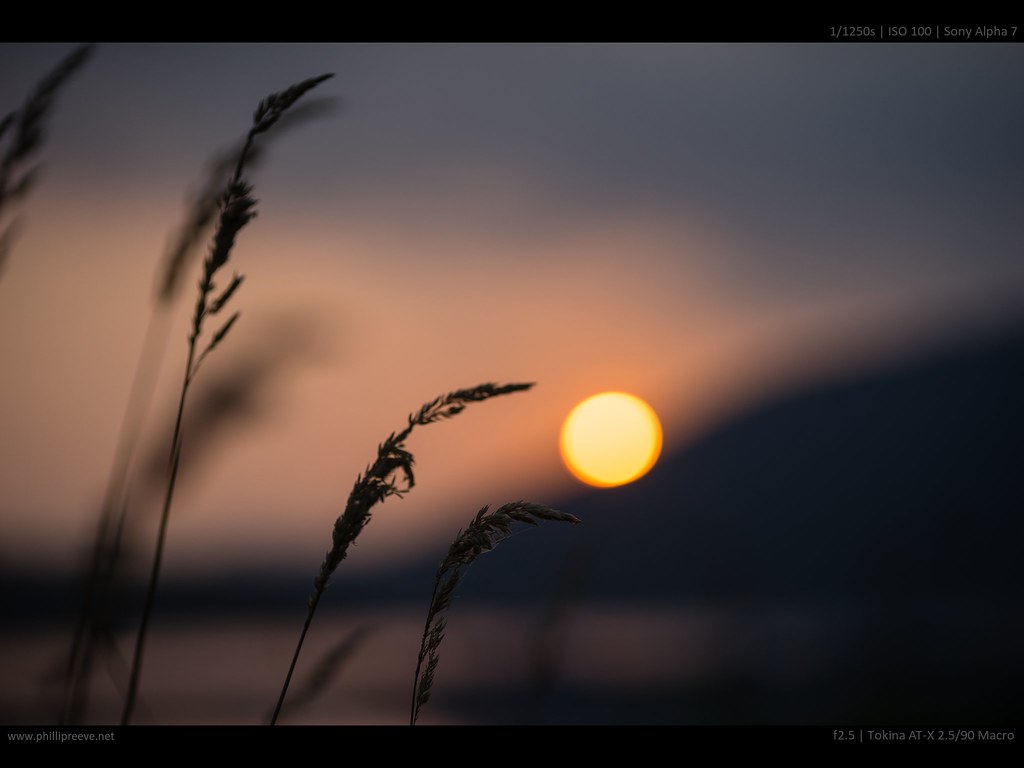
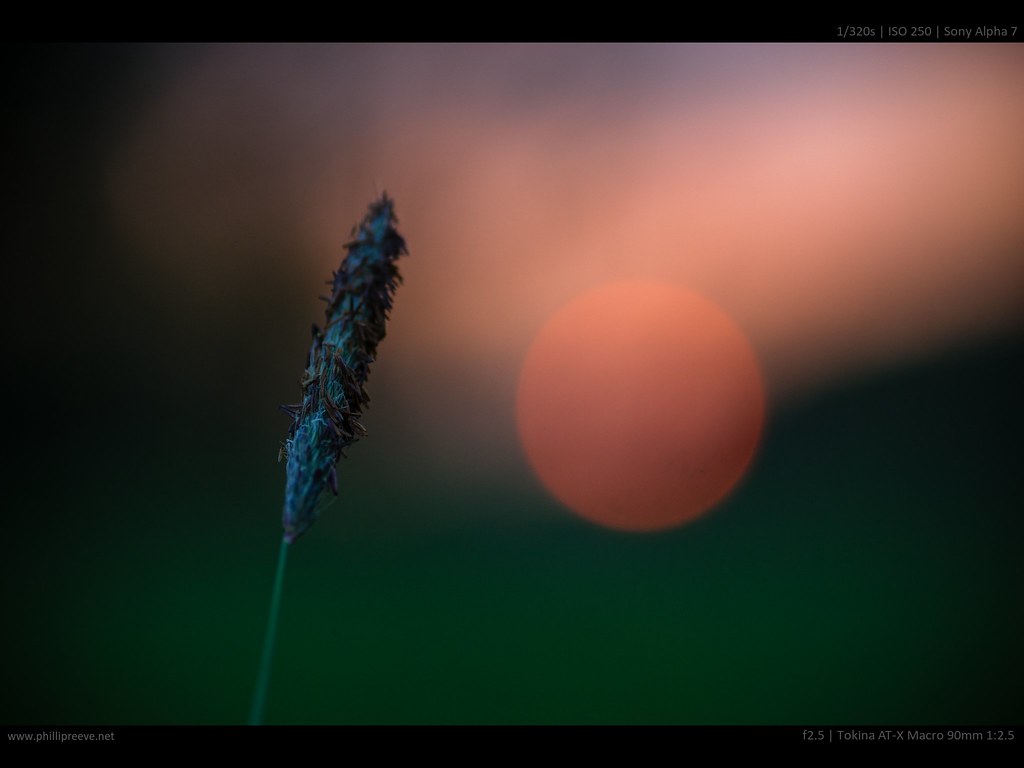
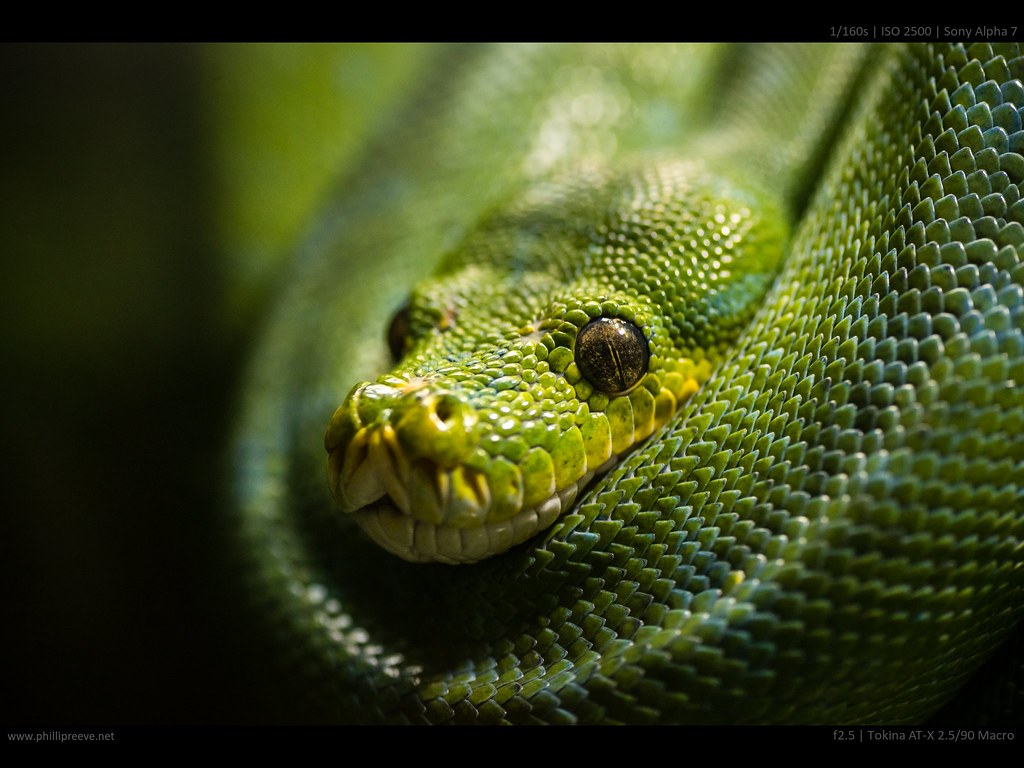
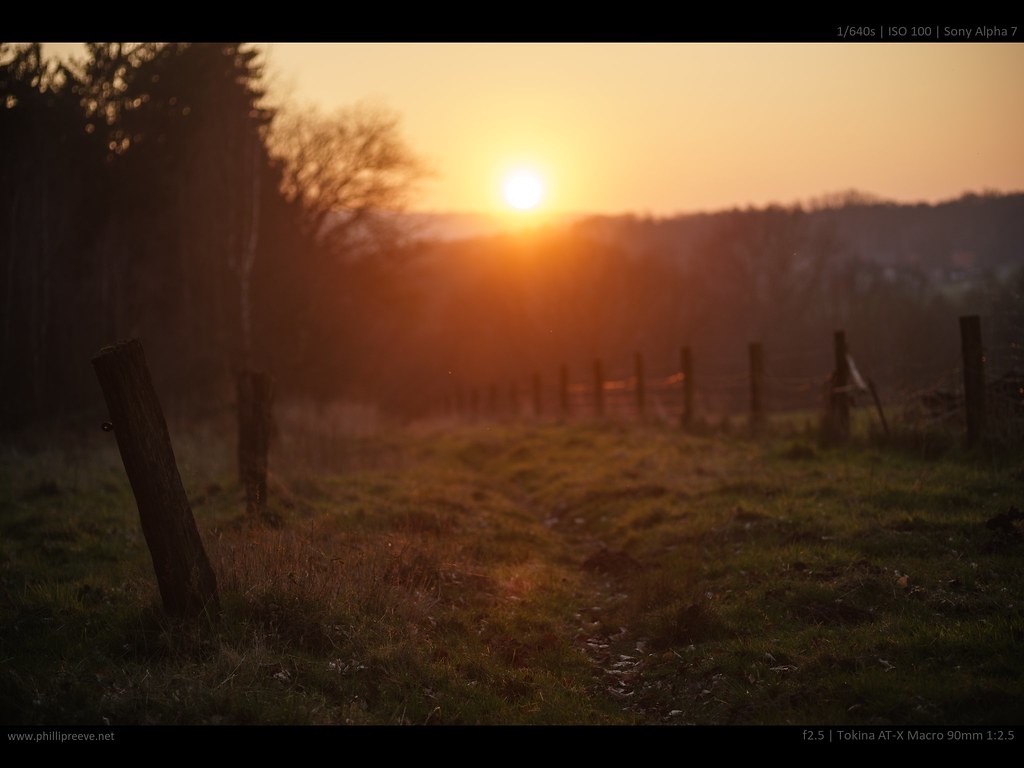
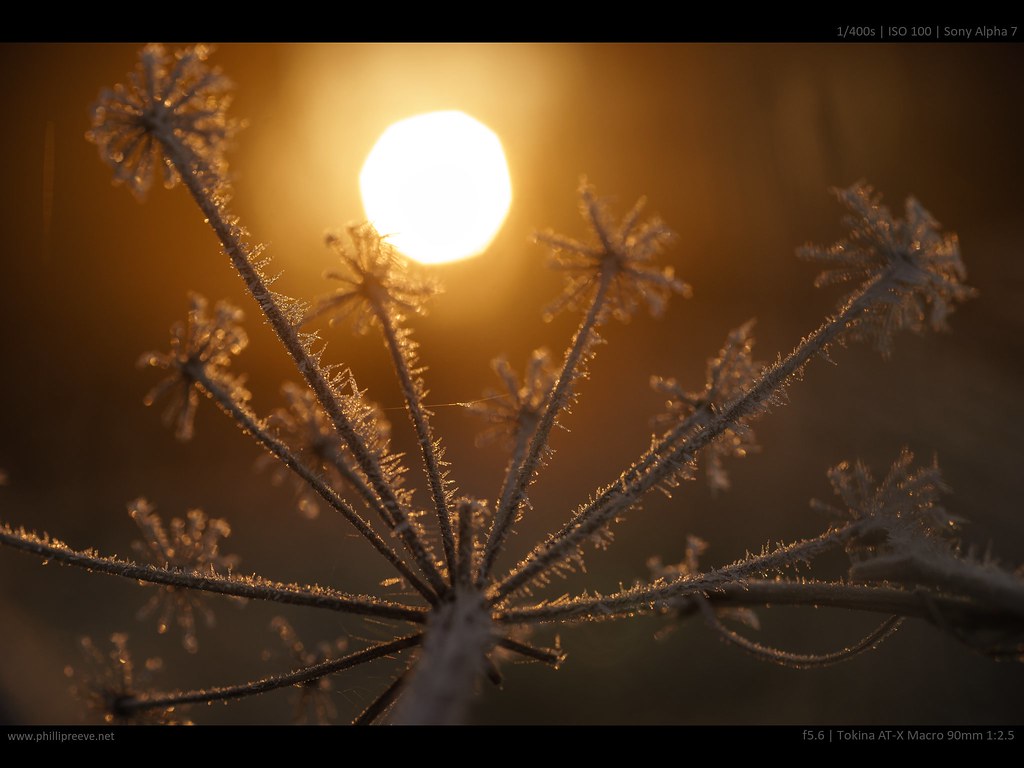
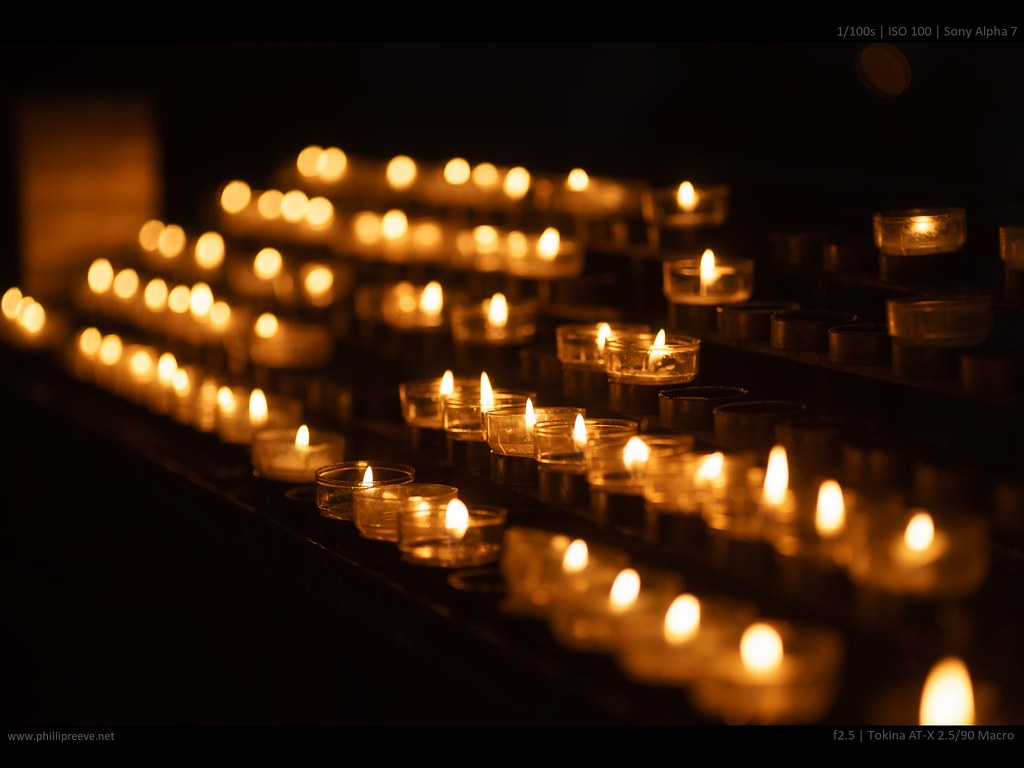
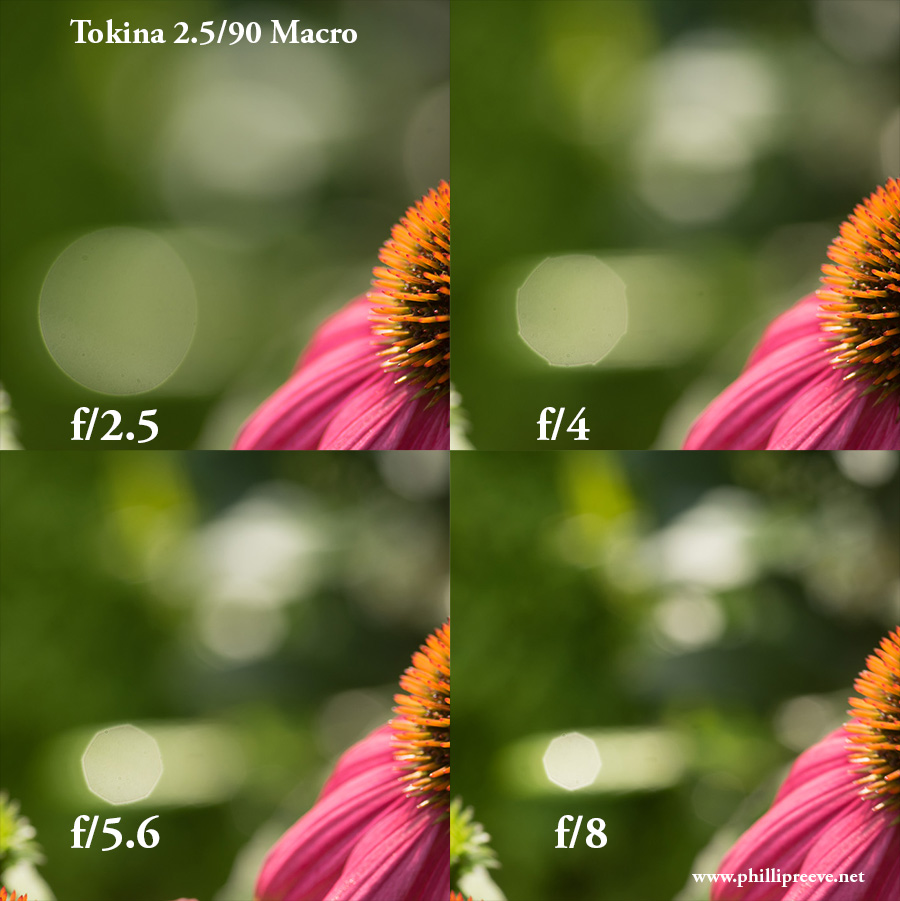
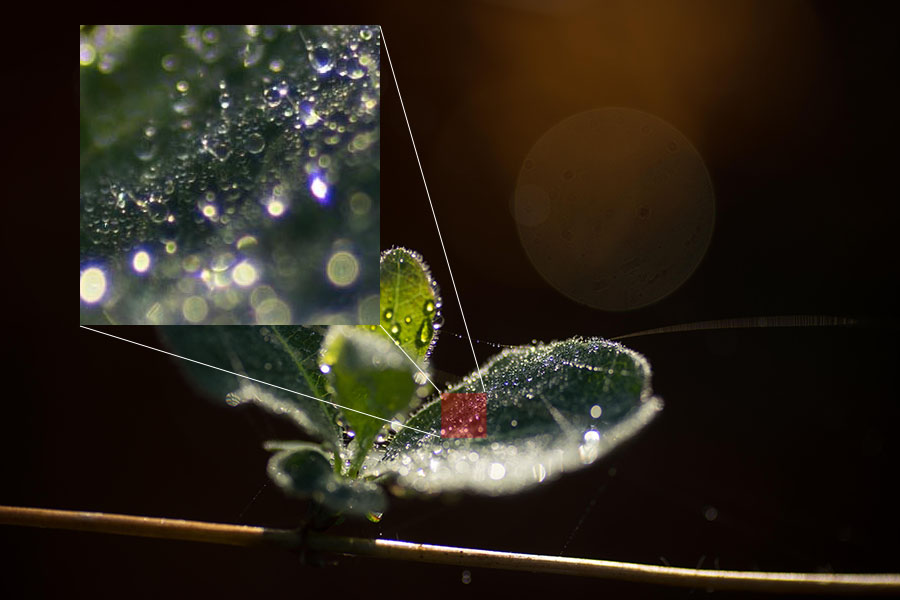
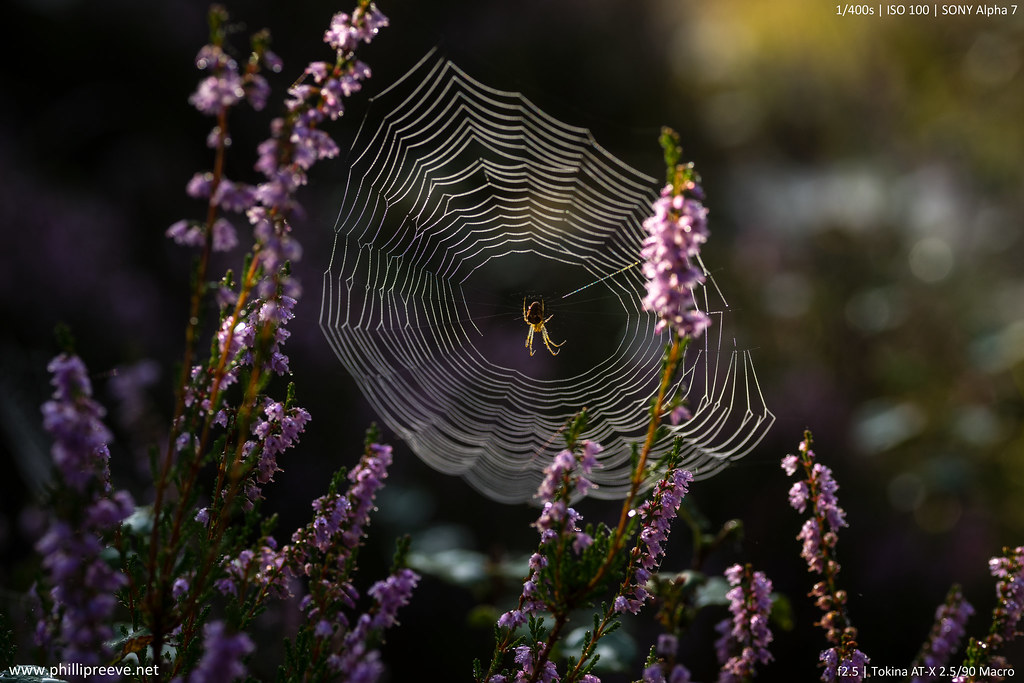
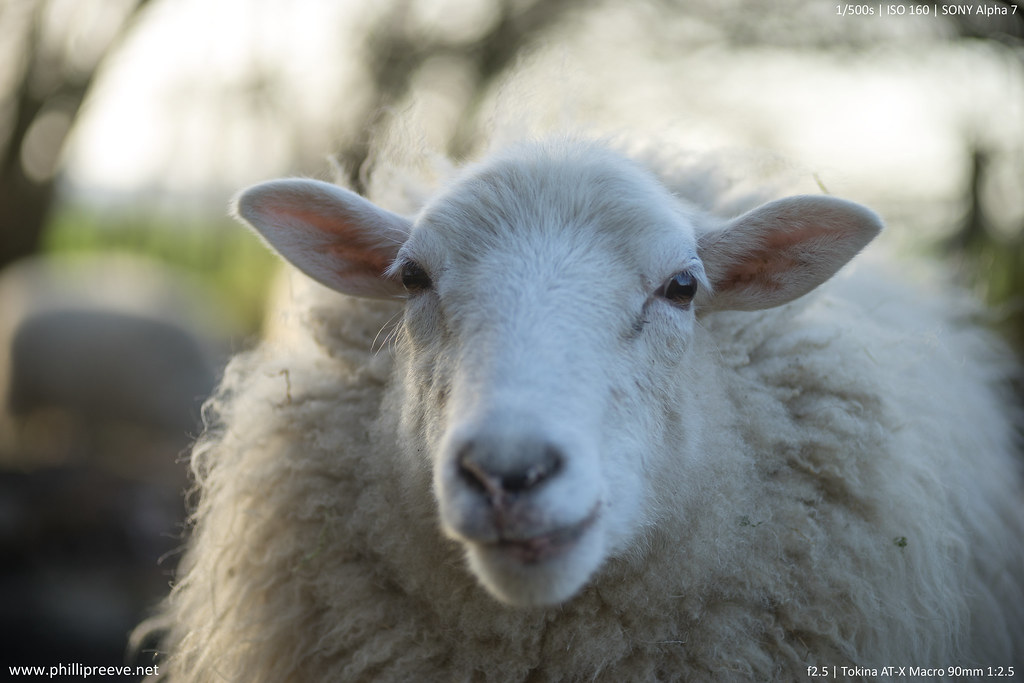 low levels of color fringing
low levels of color fringing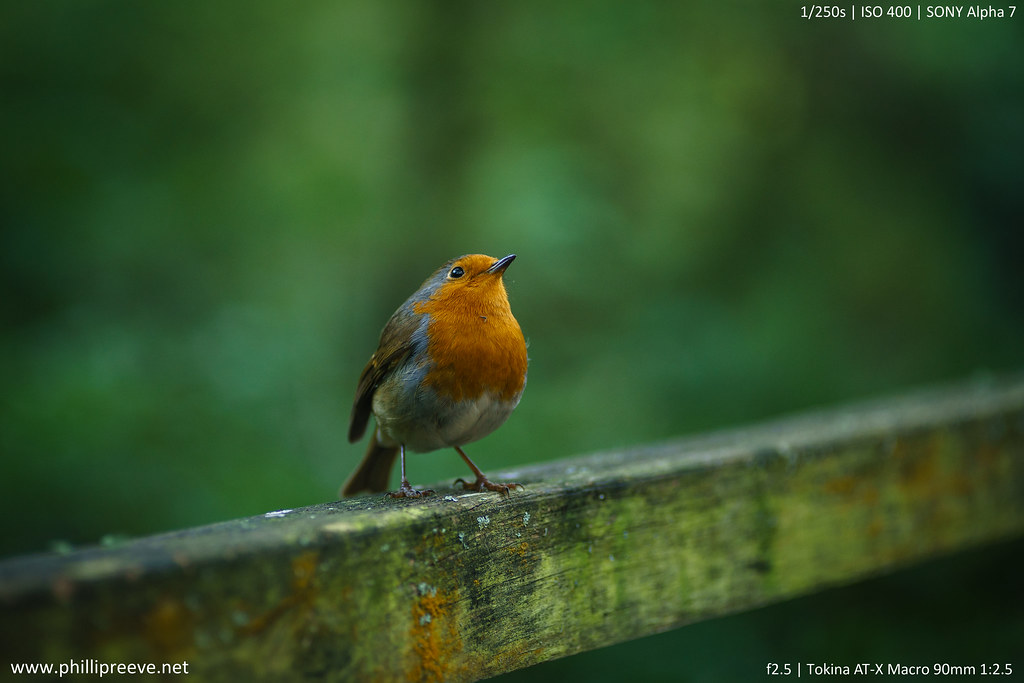
Many Thanks Phillip – an excellent review as ever.
Best for the New Year
David
I guess, the optical design is similar to my ELICAR V-HQ Macro MC 90mm f/2,5. But I have an additional achromate lens coming with it, which provides me an macro capacity of M. 2:1!
Thanks Phillip for a great review and fantastic images (as usual).
Unfortunately my Tokina is stuck on the 1:1 adapter and needs repair (I can’t fine anybody to fix it in the UK sadly)
Just one out of topic question: do you shoot RAW and do you usually use the tripod? (As your images having great clarity and sharpness). Cheers and happy new year!
Rado
Aww, that sucks. I hope you will finde someone to fix it.
All the images are deloped from raw.
Just the long exposure of the water and the macro shot were taken with a tripod.
Cheers,
Phillip
The firm WIESE-Fototechnik at Hamburg/Germany has the official TOKINA repair service, and can repair Rado’s lens problem!
Thanks for taking the time to make this review. I have been thinking about getting a macro for a while the ‘Bokina’ looks like it fits the bill. I wanted to ask your opinions about the new Tokina 100mm f2.8 macro and if it just as good? They have redesigned it to be 1:1 so the Tokina Extender would no longer be necessary which is great, as long as the optics and Bokeh don’t take a hit. Would it be worth getting the new version or is the older lens still superior?
I haven’t used the Tokina 2.8/100 so it is hard to say. Based on reviews I would think that there isn’t too much of a difference.
Hi Philip I’m looking for a portrait lens that I can use on my sister’s wedding. Most likely, I’m going to adapt on Sony A7, so far the plan was to go for Canon FD 85 1.2. Of course, even on this purpose price matters and since you recommended the Bokina as a potrait lens as well I wonder if you’d also recommend it for “semi-serious” wedding potraits (even when compared to the much heavier priced Canon)?
Brgrds + thanks
Florian
Hi Florian,
I think the Tokina would be a great lens for portraits, I wouldn’t want to use f/1.2 for those anyway.
But the Canon 1.2/85 would be much better at isolating persons at longer distances.
Phillip
Did you ever compare it to it’s Tamron counterpart?
I like that a lot!
Thanks for the review.
No, I didn’t but I heard many quite positive comments on that lens
Great review for this excellent lens. It’s very sharp but at least for APS-C the chromatic abberations are a real issue wide open.
This is totally unrelated but I think you said something about a sharpening plugin for LR that you were using instead of step sharpening in PS. I’m doing step sharpening in PS and I’d rather not have to go to PS just for that. Can you tell me what you’re using?
Hey John,
the tool was written by a German and the installation is a bit tricky : http://www.systemkamera-forum.de/topic/100864-vorstellung-lr-tool-zum-sch%C3%A4rfen-rahmen-und-beschriftung/
I would like to make it a bit wider known and help with the translation but I don’t have the time for translation and an article right now.
Thank you very much!
I have both the Tokina version and the Vivitar Series 1 version. The one benefit of the Vivitar version is that the aperture blades are not “saw-tooth” like the Tokina version.
Great review of a very nice lens. Thanks Phillip.
However, why are the Canon FD or Minolta SR mounts of this lens cheaper than the others as Nikon or Pentax?
because you can’t mount them to DSLRs without losing infinity focus. This results in a lower demand and lower prices.
i have recently come into a load of lenses and camera bodies. The bodies are nikon FA both black and silver, nikon em. the lenses are nikon, tokina, vivitar and soligor. There are about 10 lenses , one being the Tokina AT-X 90mm macro. My ? to you is can I use any of this gear with newer DSLR bodies both nikon or canon?
If they are all Nikon lenses you can use them on any Nikon body but only the more expesive ones like D7000 or D610 will support metering.
One little picky point (sorry), I think you should point out that the twin for this lens is the ‘Vivitar Series 1’, not simply ‘Vivitar’. The Series 1 line of lenses were a different animal to the regular, basic Vivitar ones. That’s not to say that the Vivitar lenses were bad, in fact some of them are superb, but the Series 1 lenses are on another level (I have 5 Series 1 lenses, including the Bokina, and love them all).
Great review.
Of course like pehaps anybody here, im a fan of the Bokina.
But, organizing my pictures last week, enjoying the macros with fine Bokeh, i noted,
– these pics i had taken with the old lens, a Vivitar 2,8 90 mm ….
a big difference, without knowledge which lens was used, can probably not be ruled out
The 2,8 90mm sold as Elicar, Vivitar, Soligor etc. is regarded as the “less good macro” and you see it even on the prices on Ebay.
But, in handling for free hand shooting, its a sympatic lens: better position of aperture ring, finer working focus ring , 1:1 without converter and for its longer extension while focusing close, its better to hold in Hand.
Heavy build, one can overall defend himself with it….
Dont forget, its strictly designed as macro, not at its best on infinity, – here is the advantage of the Bokina which is simply universal
But looking at the prices for the Bokina today, the 2,8 90 mm appears as a smart deal for shooting beautiful macros.
On the other hand, having finally got my Bokina, i never took it off the NEX body, (where it appears to be designed for) anymore
Perhaps there is some “magic” on the Bokina
Would you mind sharing some pictures of your pictures from your Vivitar 2.8/90?
How big and heay is it compared to the bokina?
Great review. I love your site and your photos.
I am currently a A6000 shooter but will eventually get af Sony full frame.
Will this lens be good with the A6000 or would your recommendation change?
It could be a bit heavy but it will perform very well none the less
Hi Phillip,
I really appreciate your reviews, and this one is no exception.
However, as this “Bokina” is on my shortlist, you really need to say what a truly terrible lens it is, which isn’t worth half the price it goes for ;o))
Love your photographs too.
Thanks,
Tim
I wish someone would lend you a Voigtlander APO-Lanthar SL II 90mm/F3.5, which is another lens on my radar, as you cover all the points so well in your reviews, that I’m interested in too.
The biggest negative about the Tokina is the 530g weight, where the CV is only 320g, but I wonder what its Bokeh would be like with only F3.5 max?
too little time too many lenses 😉
Thanks for the great review, I have heard nothing but good things about this lens.
I have always been very happy with my Tamron Adaptall SP 90mm f2.5 1:2 macro (52BB) which worked very well as an all round lens – portraits, landscapes and macro. It is significantly cheaper and more common than the Tokina and is a real option for people looking for an alternative to it. I’ve used it with a Sony 5N and A6000.
Another lens only mentioned in passing in your review is the final Tamron Adaptall 90mm lens, which is f2.8 and has native 1:1 reproduction, as well as more aperture blades than previous versions. It performs very well and fits on any camera.
It is quite rare, but worth hunting down – it is much lighter than older manual lenses as it has a lot more plastic (not to everyone’s liking, but it feels well built and its weight feels more suited to the A6000 than older all-metal lenses).
Anyway, thanks for the review, I will try in future to review my vast lens collection in the same way!
Hi, Philip
Great review.
I recently found another macro lens “Tokina 100mm F2/8 macro”, what is your opinion to use it at A7?
thats a AF lens, isn’t it?
Hi Phillip,
Im just wondering what type of adapter are you using with your
Tokina AT -X macro 90 mm Thanks
And thanks for very usefull and detailed reviews. Appreciate it.
Jura
Hi Jura,
I use different adapters. I like my Novoflex adapter the most but they are very expensive overseas. The cheaper ones from Amazon or Ebay usually work well enough
Hi Phillip
Thanks for answer,
I think that Novoflex are prety good by the reviews I red about.
I visited Novoflex web and I could not find adapter for Tokina AT -X macro 90 mm mount. Can you please tell me which adapter exactly it was. thanks.
And also if you can please recomand other good lenses for macro pictures on Sony A7
Best regards Jura
Which Adapter you need depends on the mount of the Tokina. It was made with for many different mounts. Mine has a Minolta SR mount so I use my adapter for Minolta lenses
Other Nice lenses are the Leica 2.8/60, Nikon 2.8/55 and Canon FD 3.5/50
Thank you for quick response.
Hi Phillip,
I am looking into getting myself a macro lens. I have a Sony a7ii camera and have narrowed it down to the Tokina 90mm lens and the Minolta AF 100mm 2.8. Have you tested the Minolta one and if yes, how do you think it fares against the Tokina?
The Minolta is a very good lens as well with native 1:1 focusing. At f/2.8 it has sharper corners but a little softer center, at f/8 both are great.
I think manual focus is more fun with the Tokina. I would buy the one which is cheaper.
Thanks Phillip! At the end of the day, they are going to cost more or less the same, as I have to get a more expensive adapter for the Minolta lens.
Hi Phillip,
I have an old M42 mount Vivitar Series 1 90mm 2.5 complete with dedicated 1:1 adapter.
I love this beaten up old lens as it remains a resolving monster. Great for landscapes too.
With the dedicated 1:1 converter optical performance increases! Chromatic aberrations are greatly reduced. Have used it with great success on a Sony A900 and now an A7r.
The flare doesn’t bother me, and it renders really nicely in B&W.
that the CA is corrected by the 1:1 adapter is an important information, thanks!
I was checking your flickr page on this lens. How did you get the EXIF data to appear? I thought this was a manual focusing lens. There’s no electrical connections on this lens and you’re using an adapter on the Sony A7. Am I missing something? Thanks.
I use a tool called LensTagger
thanks for the tip, I will kepp my eyes open for a good opportunity
I recently purchased a Sony A7R ii and am looking for a macro lens. For the Tamron X90 which adapter would you recommend?
Tamron X90? Do you have a link for me, so I know which lens you mean?
Sorry Philip, I should have embedded a link:
http://www.bhphotovideo.com/c/product/330641-USA/Tamron_AF272C700_SP_90mm_f_2_8_Di.html
or Sigma 105 F2.8macro:
http://www.amazon.ca/Sigma-105mm-F2-8-Macro-Camera/dp/B0058NYWBM
I am considering this lens or the sigma 105 ….not sure which best suits my sony a7rii and would like to know which adapters if possible you recommend for each lens.
I guess the Sigma is bigger and technically a bit better in some aspects.
You could buy the Sony A-mpunt version of the Sigma and use a Sony LA-EA3 adapter or the Canon EF-mount version with a Commlite or Metabones electronic adapter.
Thanks Phililip… 😉
May I ask whether there are any drawbacks using the bokina lens Pentax K mount on A7 compared to other mounts like Nikon or Olym mounts ?
I don’t see any drawbacks
Thanks
What adapter is needed to use the “Bokina” on a e-mount lens such as the A-6000? Love your reviews!
http://amzn.to/1Nc9o9I
Love your 85mm contrast, I have Tokina, Leica 90 2.8 , and Olympus OM 85mm 2.0 which is lightest and tack sharp. Tokina for stack-shot macros. Shoot A7ii & A7rii.
Hey Phil,
Do you use any extension tubes with the Tokina? Or do you prefer it just the way it is?
Thanks!
from time to time I use extension tube and I was happy with the results
Hi Philip,
First, thank you very much for your excellent review, it helped me a lot for making a decision.
I’m loving my Tokina (minolta mount) on my sony a7s, but i chose a cheap adapter which doesn’t give me infinite focus and makes the lens “dance” a little bit. Does the K&F adapter you are using give the infinite focus at the end (i prefer not having to correct it to near the end).
Considering that it will be impossible to find the original macro extender alone, which generic, macro tube extender could you recommend me for this lens?
One last comment. I’m finding a slight tendency on the lens to present the whites a little bit green. Did you find that with your copy?
Thank you in advance for your answers!!!
Hi Daniel,
my K&F adapters are usually a bit short so that the lens will focus a little behind infinity.
I think any macro tube would around 45mm work, the nicest one is probably the one for the 3.5/100 macro which features a solid tripod mount.
I didn’t notice any green shift with the lens but the coatings are certainly a bit dated.
Thank you very much!
Then i think i’ll have to try different adapters as the fotodiox or even the novoflex. If i find one that that goes perfect for focusing infinity i’ll tell you!
Hi Phillip,
I love your reviews, and usually purchase most of my lenses based on your reviews.
Do you think there would be any drawbacks mounting this on an a6000?
I finally found a few on ebay, but I have been too worried to pull the trigger, as I’m afraid of quality loss on an APS-C sensor.
Thoughts?
Thanks.
it will work very well on the a6000
What are your thoughts about the Image quality comparison between sony fe 90mm f2.8 macro g oss and the Tokina 90mm d2.5? Is it worth it to get the Sony of i allready got the tokina in terms of Image quality?
The Sony isn’t that much sharper but better corrected for LoCA and more flare resistant (not perfectly though)
It is a great lens, even for astro! it can be used wide open, a little bit of blue halo’s around the brightest stars which is gone by f2.8, No coma, even wide open. I like it over my Sigma OS HSM 105mm f2.8 , especially the bokeh and the transitional zone.
hi Phillip , its very good preview and photos . I just bought a vivitar 90 2.5 and i used adapter ring for my canon 50D . I can hear the sound of aperture ring working fine but when i take photos same iso , same time shutter and i only change the aperture ring but all photos are the same ? may i know is it not working properly with my adapter ring or the aperture ring not working anymore ?
Which mount does your Vivitar have?
Phillip,
I’m surprised. I haven’t seen any mention of the Sony Macro 90mm that DxO rated as one of the best lenses for Sony E-Mount. Maybe I overlooked it on your site but I cannot see any mention of it anywhere. Would love to know your opinion of this lens? The Tokina is MUCH cheaper but I’ve ruled out the Batis 85mm F1.8 so I’m leaning towards either something like the Tokina, or just putting up the cash for the Sony G 90mm F2.8 Macro because I’m hearing VERY good things about it!
I bought one but it was badly decentered so I had to send it back. From my short experience it is a very good lens which is quite large and handling is only soso but the optics are top notch.
I painstakingly spent the whole day scouring the web for a reason to justify getting the Sony FE 90mm but I came across a video comparing the bokeh on the Tokina AT-X and the Sony FE Macro, and the Sony suffers from the onion ring pattern in evening bokeh balls coming from Christmas lights. The Tokina was much more uniform and smooth. That actually pushed me in the direction of seriously considering this lens over the Sony and saving $7-800 dollars. lol – So your review and that video is enough to persuade me to go the other direction. High Five! Your review of the Pentax 28mm F3.5 also encouraged me as well and I made a purchase of that lens. It’s so hard to find solid data on these older lenses in the face of all the digital hype… I’m pretty excited about the Bokina now!
Phillip,
I need your opinion. I spent the money on this lens and it’s sharp as a tack but my main concern is the “heft” of the lens. I’m using a K&F Concept adaptor that seems to have some play in it that makes the lens feel like it’s wearing down the Sony Mount or something!? This makes me not want to shoot it as much and I’m not noticing a huge difference between this lens and my Porst 55mm which feels solid on the camera with an M42 K&F Adaptor. I may end up selling it but I wanted to get your two bits on what adaptor you use with the lens? My Tokina is in Nikon AI Mount…
Which camera do you use? I ask because it could indeed be problematic with the first generation a7 and a7r but not so with the younger models.
I’m shooting with the Sony A7R! I’m wondering if it’s the adaptor though that may be the simple issue?
Great work you doo. …i read your review but im fell like i miss somthings …i have vivitar series 1 . 2.8 /90mm bokina with 37 serial manufactured tokina ,so ? I read yours review and this http://makingnottaking.blogspot.ro/2009/10/vivitar-series-1-90mm-f25-vmc-12-bokina.html?m=1 and all that is writing about this lens
I think your Vivitar is a different lens optically.
Hi Phillip,
Have you ever tested the Samyang 100mm f2.8 ? What is your opinion to it?
Best regards, Frank
(Sony Alpha 7II)
No I haven’t, too many bad reports about Samyang lenses breaking and there is plenty of competition
Interesting. In what ways?
I’ve heard (and experienced myself – four copies of the 14; 1 great two TERRIBLE one so so) of lots of sample variation, but not about good copies breaking.
I have heard quite a few reports of people who spent considerable time hunting for a good copy of the 14 only for it to break after a year. Also lensrentals once had a repair report where Samyang lenses scored really badly.
Makes me feel slightly better about having spent big on an APO Sonnar rather than the Sammy 135!
I have to give manual Leica and Zeiss lenses credit for one thing: they offer pretty stable value. Many C/Y lenses are more expensive than similar brand new ones.
Is the veiling flare on the Tokina version really that bad? I have the Vivitar Series 1 version and the veiling flare (on my copy anyway) is maybe the worst of any lens I’ve used to the extent that it is almost a deal-breaker. I’ve read that the Tokina is supposed to be much better in this regard and I have considered upgrading to it for this reason alone. Can anyone with experience with both lenses comment on whether the difference in flare handling between them justifies the higher cost of the Tokina?
I’ve found that a hood makes quite a bit of difference. I’m just using a cheap screw in metal hood that I bought on ebay and it does the job. I have some flocking material that I’ll eventually line the inside with to reduce any chance of reflection. I still get veiling flare if the sun is low and I’m shooting in its general direction, but I can reposition the lens to avoid it usually.
Wow, this looks like a great lens Phillip.
I have a Rodenstock APO-D 75mm f4 for copying 35mm film negatives. Works very well on a DX Nikon D3200 sensor, even though it is not supposed to be at its ‘optimal’ magnification.
On a full-framed sensor the APO-D is good, but seems to need to be stopped-down to f5.6 or f8, unless of course my test negative was not truly flat!?
That Tokina is impressive, and hard to find too! The longer focal length would be ideal in theory, but would require me to build a new setup. Longer negatve-to-lens distance required for my limited aparatus.
Regards.
is Tamron SP Adaptall 90mm F2,5 Makro the same lens like Tokina AT-X Macro 90mm 1:2.5 it looks little different
http://allegro.pl/show_item.php?item=6694005481
i am looking for best portrait lens for my Sony A7r
Greetings
It is a different lens
Does Tokina have Adaptall mount?
I Found adapter to Sony E directly
https://fotodioxpro.com/products/tamron-snye
I mean If I find Tokina with Minolta or Nicon connection is it possible to remove it and put this adapter to sony e?
Thanks
I don’t think that is possible. Why not buy a simple adapter from whatever mount you get the Tokina in to E-mount?
When compared to https://voigtlaender.com/75-mm–f-1%2c8-heliar.html is it worth to search Tokina?
yes
Thank You for short but answer 🙂
Tokina 90mm F2,5 is old, on Sony A7r resolution loss isn’t visible?
Does anyone have item to sell in Poland 🙂 ?
Greetings
How Tokina runs as a portrait lens in compare to SEL90M28G ?
Hi Phillips,
What about the Tamron Adaptall-2 SP 90mm f2.8 Macro (72B) which offers 1:1 maximum magnification? Do you think it will perform better than the Tokina?
I would like to test it one day but so far I haven’t.
Hi Phillip,
I really liked your reviews on vintage lenses. I am using a Sony A7rii and plan to buy the tokina with a nikon or olympus or ckntax mount. You suggested the minokta or canon fd mounts only for mirrorless but I have not had any luck lately lookingbfor these lenses. Will it be possible to instead buy the om, nikon or contax mount and use it with my sony a7rii via an adapter? Is there any differencewhen using these mounts instead of the mounts you suggested?
Back when I wrote the review these mounts were cheaper but that was the only reason for my recommendation
Thanks for the info Phillip. Your reviews are really very informative ?
Thanks for the great review Phillip. I recently switched to Sony a72 and have been enjoying using manual lenses so far.
The photos you took with this lens are stunning!!! Really wanted to get one- but they are running for $400 CAD on eBay now :/. Would you recommend any other macro lens that comes close? It would be great if you make a guide for macro photography.
I am working on such a guide right now. Check again soon :).
Fantastic!! Thank you!!!! The resources that your website provide are incredible to say the least. 🙂
Hi, i would like to buy this lens to mount on my canon 6d. Which version should i bought, Nikon or Pentax? Thank you
I woulfn’t know a difference as long as you find a good adapter.
Many thanx for the great and beautifull work you do ; i am up for a macro to attach to mi A7M2 and Tamron goes for half of the bokina amount,wich one should i buy? Any other option for the 300€ that bokina goes these days?
Check out this article.
Hello,
Phillip, could you please tell me if you have tried the JUPITER-9 85MM 2.0 for portraits? I am not sure which one is better between the TOKINA and this one for that purpose.
I haven’t.
Phillip,
You talked about a 45mm spacer. Could you please tell me which one you bought? Could you please tell me also which adapter you bought in order to fit this lens to the Sony A7 or A7ii? I found the original extender at ebay, but if the 45mm spacer works good, then I prefer to buy this last one because it is cheaper.
Just grab a set of old Minolta spacers for not that much on ebay. They won’t be 45mm exactly but I only mentioned that number because it would be what is needed to get to exactly 1:1.
Phillip,
Thanks for your excellent review of the Tokina AT-X 90mm. I have one from the film days used with the Canon A1. I tried using it on the Canon 7D and 100D. It does not have infinity focus but excellent macro capabilities still. I am using a K&F concept FD-EOS adapter. What do you mean by “If you want to use it on a Canon DSLR you will have to buy a copy with Nikon’s F, Contax/Yashica or Olympus OM mount because there are adapters for these mounts”?. Thanks!
Because adapters for these mounts can maintain infinity focus on an EF-mount camera.
Thanks. Unfortunately, my lens is for Canon FD mount, I am not going to buy another Tokina lens.
Found an Adapter-
FD-EOS adapter on ebay.co.uk, says it allows infinity focus, so will try this.
Don’t. It will have optics which decrease image quality by a lot and also work as a tele converter.
I bought this lens on ebay (it’s amazing so far) with the original macro extender. The lens works fine without the extender, but with the extender on I can’t get any image to focus. I’m using a K&F adapter from Minolta mount to an E mount on my Sony A6RII. Is it possible that the extender is faulty or is the issue with my adapter?
With the extender you should be able to focus very close but only very close.
such a simple answer, can’t believe I couldn’t find this anywhere by calling Tokina and googling. Thank you!
Hi Phillip how would you compare the Tokina 90mm to the Pentax 100mm 2.8?
Haven’t used the Pentax but I am sure it will have better flare resistance.
I wish you hadn’t posted the interview with Hispan! I was taking your word for the Tokina (possibly even voigtlander 110mm). Now Hispan, who seems like another expert says he loves his Pentax for macro. Too many good options haha
I took some pictures at weddings as a guest this summer and the Tokina 90mm f2.5 macro turned out to be a really great lens for (full body) portraits. It’s sharp wide open and the bokeh is buttery smooth at larger distances even with demanding backgrounds (e.g. foliage).
I really wonder which AF lens can compete. Most probably the Sony FE 85 1.4GM…
To me the Bokina is a really great budget choice for portrait work.
I’m a bit confused regarding the price of this lens : I can’t notice a price difference regarding its original mount. From what I find (mainly from Japan on Ebay) price are the same no matter if it’s Canon FD, Pentax, Minolta, Contax CY etc…
The condition of the lens is more impacting the price!
(maybe it has changed since you wrote this article, I don’t know)
1- Knowing that, which mount should I rather choose?
2- Another question is about adapter. In many offers on Ebay, I see :
“Compatible Cameras (Including, but not limited to): Sony Alpha a7, a7r, A5000, A6000, NEX-3, NEX-5, NEX-C3, NEX-5N, NEX-7, NEX-F3, NEX-5R, NEX-6, NEX-VG10, NEX-VG20, NEX-VG30, NEX-VG900, NEX-FS100, NEX-FS700, NEX-EA50.
Notice: This adapter will NOT fit on the Sony a7S, a7 II, a7S II, and a7R II.”
Is there a difference of bagnet between A7 and A7II? I’ve read on A7II (which I plan to buy) there is plastic bagnet?
This point is really confusing for me, here is an example:
https://www.ebay.com/itm/Contax-Yashica-C-Y-Lens-to-Sony-E-Mount-NEX-VG10-NEX3-NEX5-NEX-C3-Adapter-Tripod/162527087376
another example:
https://www.ebay.com/itm/Beschoi-FD-NEX-Lens-Adapter-Ring-Canon-FD-to-Sony-Alpha-NEX-E-Mount-Mirrorless/163430572980
You can choose the cheapest lens and better not get Canon FD.
Adapters for this mount need additional mechanics and a more expensive adapter is recommended here.
We also don’t know every adapter brand, but we have a guide on adapters.
Excellent guide! Thanks for the reply 🙂
I’ll post a question in comment there to keep thematic-related posts.
Question about used lenses : when item description states :
“There is a little FOG”, what does it means exactly ? Is the glass irreversibly damaged ? Can it be fixed?
Sometimes it can be fixed, sometimes not. Would only risk it with a big rebate.
Hello Phillip, I really enjoy all the reviews on this site! I have a Vivitar Series One lens, which images beautifully, and bought a very clean Tokina in hopes of higher contradlst due to great coatings. On initial testing, veiling flair seems nearly identical, unless I use the hood. Even then, flair was easily induced.
Sharpness was notably lower on this Tokina, so I will stay with my nice Vivitar.
I did test something else that I think may matter – UV induced fluorescence of the lens elements. This was notably lower in the Tokina.
I plan to test the idea that some veiling “flair” is actually due to UV excited glass. If I am right, UV filters may yet play a role in image clarity. Not because of UV getting to the sensor, but instead, a result of UV exciting specific elements within certain lenses. When excited, these elements glow in the visible spectrum.
You can see this phenomenon when you shine a UV flashlight into some lenses. Just make sure you protect your eyes from UV when you try this.
I have avoided UV filters for decades. If this test validates my hypothesis, I may go back to using them for certain lenses.
Has anyone else tested this?
Have you tested the new Tokina ATX-M 85mm f/1.8 for Sony E Mount? What are your thoughts about how it compares to the vintage Tokina AT-X 90mm f/2.5 macro for bokeh and sharpness? Thanks
The Tokina is the same lens as this Viltrox.
Bastian has already linked the review of the optically identical Viltrox. I think in terms of sharpness and bokeh the 1.8/85 bight actually have an edge.
Hey, recently the distance meter on my copy came loose such that it turns independently from the focus ring. Have you heard about this problem? Any idea how to fix it or if I should risk taking it apart?
Great review of a great lens. I have one issue with the lens though. I’ve got the Canon FD mount, which I’ve coupled with my Sony A7ii using a Fotasy FD-NEX adapter. I can’t achieve infinity focus using this setup (not even close). I bought the lens for its macro capabilities, but was looking forward to using it for urban landscapes as well—not possible without infinity focus. Is there anything I can do to resolve this issue?
Maybe try a different adapter. Fotasy is not that great brand, maybe try a K&F instead.
Tried a K&F version and I’m now able to hit infinity. Thanks for the suggestion. I’m a little surprised though, because I’ve never had any issues with the Fotasy adapters before.
So I did some further testing. I thought I was hitting infinity with the K&F adapter but it turns out I wasn’t (I didn’t realize this until I looked at the images on my computer). So now both the Fotasy and K&F do not give me infinity focus. Are there any other adapters worth trying? Or any other suggestions? This lens has quickly become one of my favorites, and although I don’t expect to be using it much for distance shooting, the lack of infinity focus will make me much less likely to use it.
Side note about the K&F adapter: I find the lock/open switch to be really loose. Just casually brushing up against it will cause it to go from the lock position to the open position, making it impossible to stop the lens down. It’s a real flaw with this particular adapter.
As you have issues with (several) adapters being too long (being too short is more common) I do wonder if the lens might be out of spec.
Might try that—thanks.
I own the Tokina and have compared it against the Zuiko 90mm f/2 macro. You can find the comparison here:
http://forum.mflenses.com/zuiko-90mm-f-2-macro-vs-tokina-at-x-90mm-f-2-5-macro-t83417.html
The Zuiko is slightly better in most respects. Most noticeable difference is superior corner performance at wider apertures (not a very relevant advantage if you ask me). Of course there’s slightly better subject isolation with the Zuiko. In it’s time, the Zuiko was probably about the best you could get. In real life use, the difference with the Tokina is almost insignificant IMO. I finality settled with the Tokina, because you can sell the Oly for a lot of money.
By the way, I also own the Vivitar S1 90/2.5. The older coatings (and glass?) make a difference though. Colors are a bit more vintage, and contrast seems a bit less. It reminded me a lot of the Tamron 90/2.5. I think the Tamron is a very good deal at its price level.
Two other lenses I would recommend are the Minolta AF 100/2.8 macro and the brilliant Canon EF 100mm f/2 if you don’t need macro. It performs like a Canon L lens, and is fast so great for subject isolation.
I rarely comment anywhere, but I just found your website and it is incredible. Thanks for the effort to create excellent reviews!
Glad to hear, enjoy!
Hello ,
Thank you for your excellent subjects and the quality of your analysis , thank you for sharing .
I am new to photography .
I recently bought a Canon 70D APS-C , then an old friend gave me a Tokina 90 mm f2,5 AT-X Minolta MD knowing my taste for vintage , macro photography and manual focusing .
It was while doing some research that I came across your article .
Please can you advise me ? Thank you .
– Using an MD-EOS adaptor without lens, could I use the Tokina 90 mm correctly on my Canon 70D in macro mode?
– I understand that infinity is not possible on the 70D , is it a good choice to use the MD-EOS Fotodiox Pro ring with corrective lens ?
Finally, I was able to pick up a Tokina AT-X Macro extender for a few cents , unfortunately it is in the Olympus OM mount .
– Can you tell me if there is an MD-OM ring (I can’t find one) ?
– Can the Tokina 90mm – AT-X extender – Canon 70D combination hold up or am I deluding myself ?
That’s a lot of questions , please forgive me .
Thank you for your time and kindness in answering me .
Your help will be very useful .
Best regards from Reunion Island .
The adapters with lens element are junk, don’t buy.
You can buy an adapter without lens element and use it in macro mode only, yes.
Getting the OM extender to work will cost you more than it is worth, better try to sell it.
Ok , thank you for your clarifications !
I had a lot of false hope on my side , so I’m going to have to follow your advice .
As for the corrective lens , I too had my doubts …
My only regret is not being able to use the lens for more remote scenes . As my camera isn’t suitable , I won’t be able to take advantage of the beautiful images afforded by this lens .
For the macro extension , perhaps I could use extension rings to get closer to 1:1 , or even less if possible .
Thanks again , I wish you all the best .
Hello Sir ,
I just wanted to say how pleased I am with the Tokina AT-X 90 mm lens .
Having received all my equipment, my first tests with the MD-EOS adapter alone without a lens gave me some very nice proxy photos. What a pleasure to discover the qualities of this rock !
To obtain the 1:1 ratio, I coupled a 36mm Viltrox extension ring with the MD-EOS adaptor . This gives me an extension of 45 mm .
During my tests , the magnification is well present in macro and there too , only happiness with close-up images of very beautiful qualities .
Finally , despite your advice , I wanted to satisfy my curiosity and do my own experiment . So I bought the MD-EOS Fotodiox Pro adapter with its corrective lens .
It was a surprise and I wasn’t that disappointed !
Indeed , if there is a report of degradation for the expert or the informed eye , personally I was pleasantly surprised to obtain pretty clear photographs , sufficient contrast , in short a quality of images which satisfies me amply . Perhaps I’ve stumbled upon a rare gem ( humor).
But what a joy it is now to be able to use my Tokina 90 mm in all situations, as well as 2 other lenses that I own and that I particularly like: the MINOLTA 50 mm f/3.5 – f/22 and the MINOLTA 100 mm f/4 – f/32 ) .
I’m aware that this is a beginner’s analysis, but frankly I don’t regret it.
Once again , I would like to express my gratitude for the good advice you give to photography lovers .
Translated with DeepL.com (free version)
Thanks for this fabulous site, I have learned so much here! I wonder about your comment regarding the Vivitar having the same optical design, as the Viv goes down to 1-1 without an adapter? I have a spare one I would be happy to send you if you would like to try/compare it?
Hello Jay. Which Vivitar you have? I am searching for someone how has Vivitar Series 1 105mm 2.5 macro. I am wondering how it compares to Tokina Bokina as I have a chance to buy it.
I’ve been shooting with this lens for 8 years now. It essentially combined using my Zuiko 50mm 1.4 and 3.5 macro into 1 lens. Probably the only lens I’ve bought that I say is worth the price. Just get it!